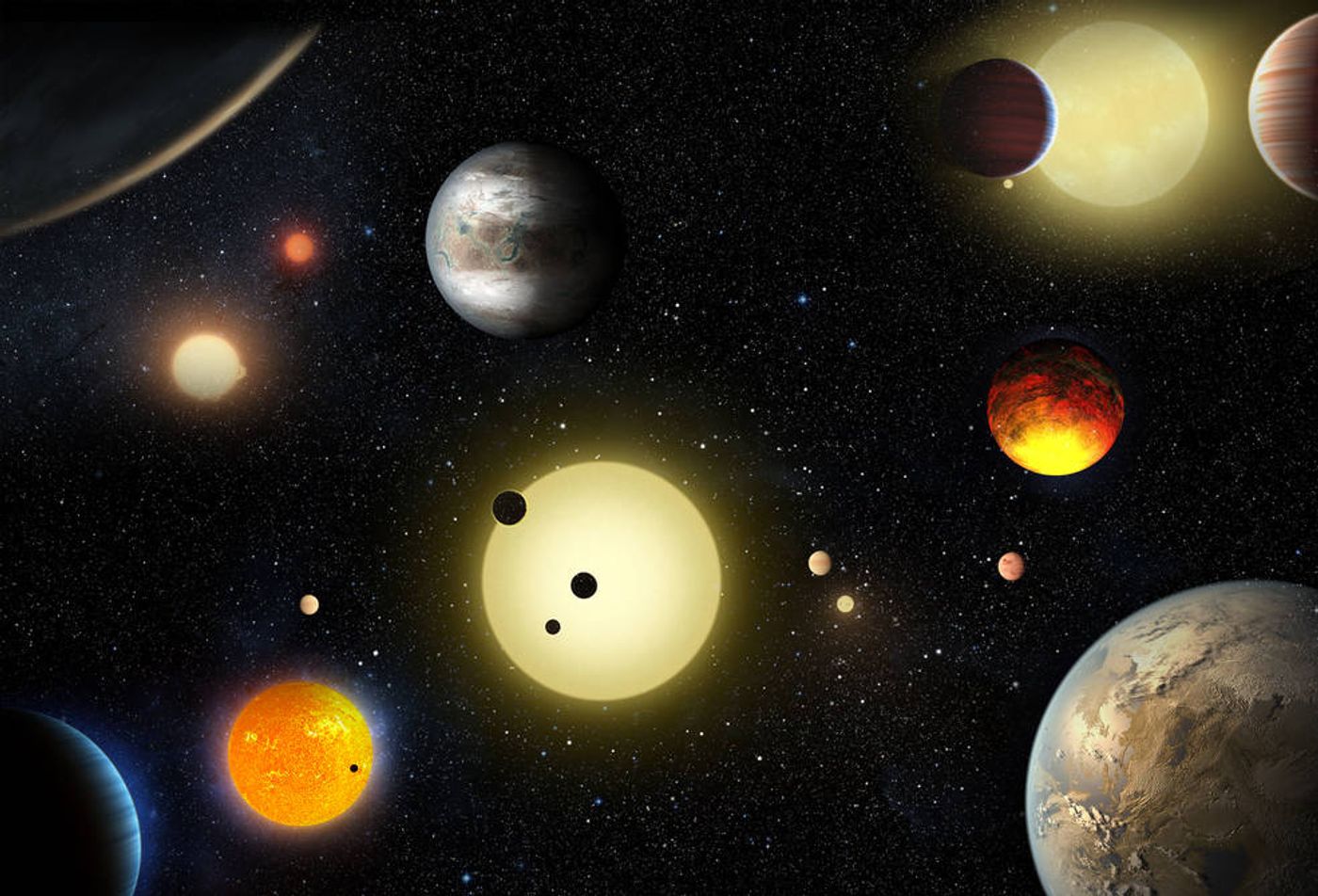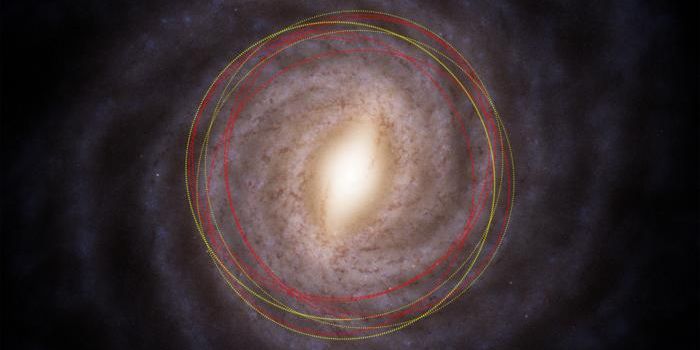NASA's Kepler Mission Announces Having Found Over 1,280 Exoplanets
NASA’s Kepler mission has been on the hunt for rogue exoplanets throughout the galaxy for over 7 years, and throughout that time, NASA discovered about 4,302 potential candidates for possible exoplanets.

An exoplanet is a planet that exists outside of our solar system.
In an official statement this week, NASA was excited to share that the Kepler mission has successfully identified 1,284 exoplanets, or objects that have a 99% chance of being an exoplanet.
Moreover, another 1,307 possible exoplanet candidates require additional details and studying for NASA to be able to tell if they are actually exoplanets or not. Sometimes objects may not actually be exoplanets, but rather just random space rocks instead.
The search for exoplanets is a way for NASA to look for other systems like ours that have the greatest chance of supporting life like Earth does. In the statement released earlier this week, NASA explains that there are around 550 rocky planets like the Earth that have been discovered, and only nine of them orbit their host star in the habitable zone.
The statistics show just how rare a place like Earth really is, and that life may reside elsewhere in our universe, or it might not.
"They say not to count our chickens before they're hatched, but that's exactly what these results allow us to do based on probabilities that each egg (candidate) will hatch into a chick (bona fide planet)," said Natalie Batalha, co-author of the paper and the Kepler mission.
“This work will help Kepler reach its full potential by yielding a deeper understanding of the number of stars that harbor potentially habitable, Earth-size planets -- a number that's needed to design future missions to search for habitable environments and living worlds.”
The announcement came just after a problem with the Kepler spacecraft going into emergency mode for unknown reasons. Fortunately, a connection with Kepler was able to be reestablished by engineers and work could resume.
In addition to rocky worlds, Kepler has discovered tons of gassy planets like Jupiter. Some of them are extremely hot, and some colder than others. The discoveries teach us every day of new systems we never thought would be possible to exist in space, but the research comtinues to educate and fascinate astronomers.
Coupled with new E-Sail technology that could take spacecraft out of our solar system in less than a decade, space exploration in distant systems is starting to look very exciting for upcoming years.
Source: NASA








